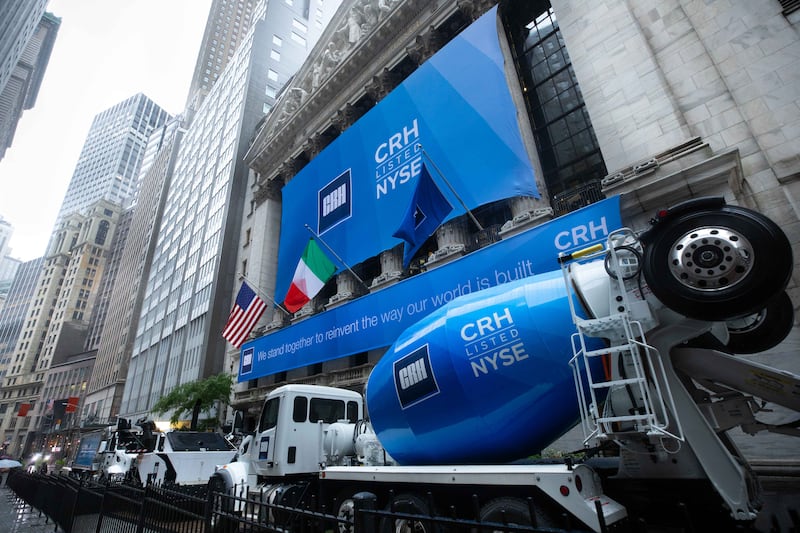When will artificial intelligence (AI) start to replace human workers in a more significant way? This is a question that has become the subject of much speculation amid the AI boom. But long before we need to worry about that happening, a human worker shortage may turn out to be the biggest obstacle to the AI industry.
Sales at the world’s largest chipmaker and the maker of chips that power the AI revolution, Taiwan Semiconductor Manufacturing Company (TSMC), rose 45 per cent in July to $7.9 billion (€7.2bn), adding to rapid growth in the second quarter. Demand for AI chips remains strong with its high-performance computing business accounting for more than half of TSMC’s revenue last quarter
Despite these stellar numbers AI-related stocks have been volatile in recent months, making investors increasingly wary of the risks at companies like TSMC – from Taiwan’s earthquakes to China-Taiwan tensions and broader geopolitical stresses. Less discussed, but just as important, is a looming crisis in shortages of engineers and technicians.
Until now the dominant belief has been that increasing chip manufacturing capacity was simply a matter of money. The global chip shortage that started in early 2020 was addressed by governments throwing billions at chipmakers to increase capacity, preferably in their backyard. TSMC has been expanding its semiconductor factories in the US, Germany and Japan.
The US has been one of the world’s most aggressive in boosting capacity, with investments in its chip industry expected to reach more than $250 billion over a five-year period. But cash, it turns out, can only go so far in chipmaking.
The problem is that making a chip factory is not as simple as setting up a new factory that assembles smartphones in another country, where local workers can be quickly hired and trained. Chip plants require highly-skilled employees, with masters and doctoral degrees in science and engineering, to run them. Even the construction of a chip fabrication plant itself requires specialist workers.
The large investment and subsequent build out of the US chip sector means more than 160,000 new job openings in engineering and technician support alongside additional openings in related construction craft jobs, according to McKinsey analysis.
Yet just around 1,500 engineers join the chip industry each year. For chip technicians that figure is even lower, with just about 1,000 new technicians joining each year. In the next five years the demand for these workers is forecast to reach 75,000
Meanwhile, the US chip manufacturing workforce has fallen 43 per cent from its peak in 2000, according to McKinsey. At the current rate the shortage of engineers and technicians could reach as high as 146,000 workers by 2029.
In South Korea, home to chipmaker Samsung Electronics, the chip industry has been dealing with a shortage since 2022 and is expected to face a labour shortage of 56,000 people by 2031, according to industry estimates.
Demographic trends are another issue. Both Taiwan and South Korea, where TSMC and Samsung have most of its workers based, are dealing with declining populations. The number of students enrolling in higher education have been falling every year since 2012. These two countries account for over 80 per cent of the world’s global contract chip manufacturing.
A worker shortage has already pushed back the start date of TSMC’s Arizona plant and it is reported to have flown in around half of the 2,200 workers at the plant from Taiwan. Cultural differences further complicate hiring.
As each new plant costs nearly $30 billion to build, the factories need to run nonstop for 24 hours a day, seven days a week to be able to commercially justify that price tag. TSMC founder Morris Chang has pointed out that if a machine breaks down at 1am in the morning in the US it will be fixed the next morning but in Taiwan it will be repaired at 2am. Replicating this Taiwanese work culture may be challenging in other countries.
Can’t AI just start making the chips then? Indeed, AI is helping to design, test and verify new designs and speed up development of new chips. Making the physical chips from those designs remains another story altogether. The need for experienced engineers to operate the machines is unlikely to be solved by AI anytime soon.
It is natural for companies to face difficulties filling jobs that require high levels of skills and qualifications. But for the chip sector the jobs-workers gap is becoming dangerously wide. – Copyright The Financial Times Limited 2024
















